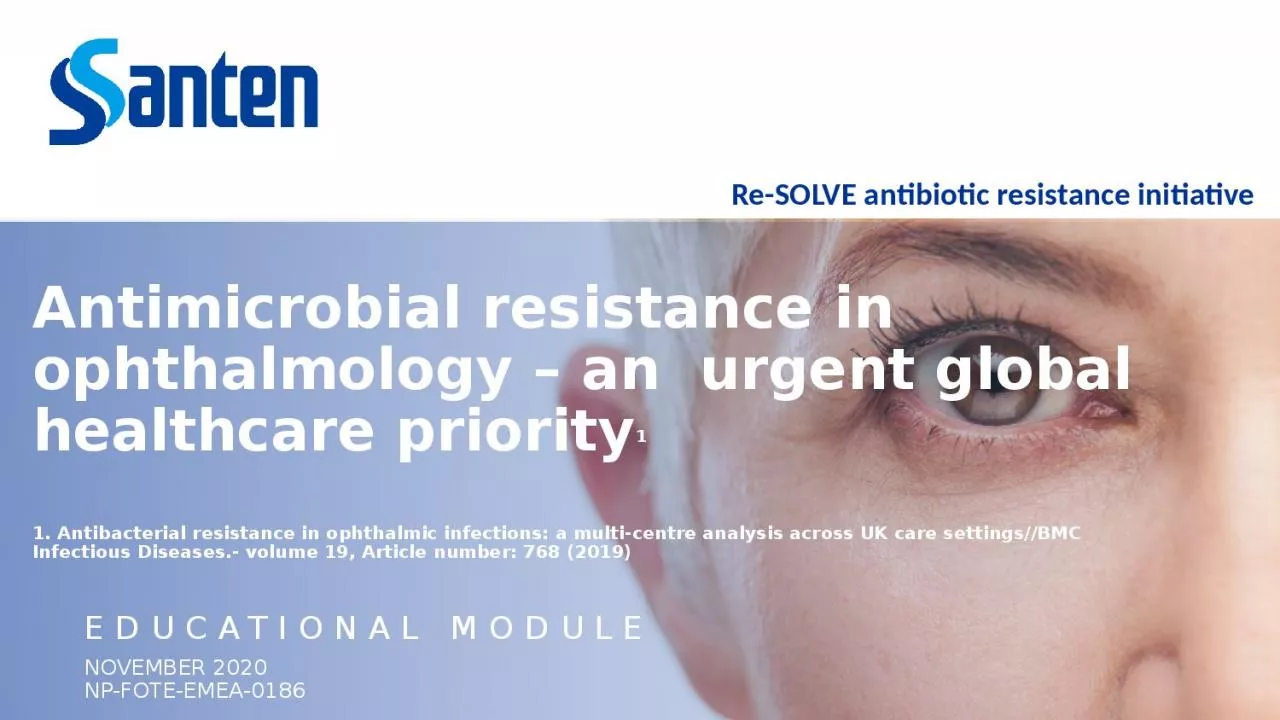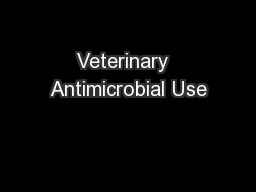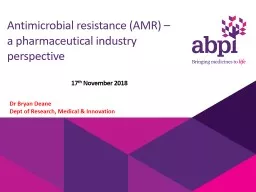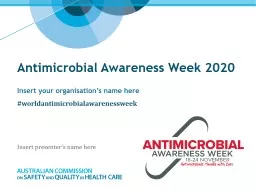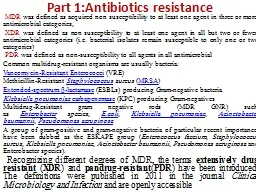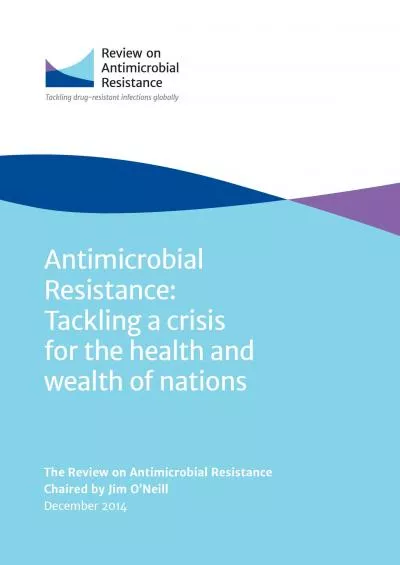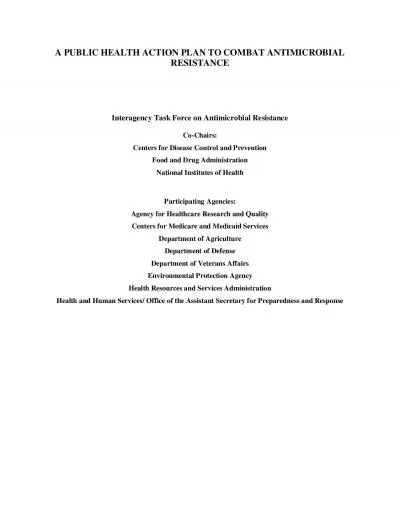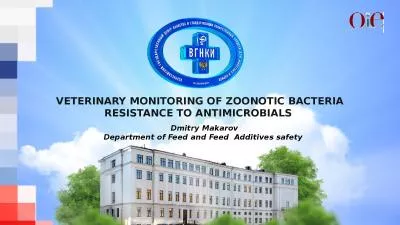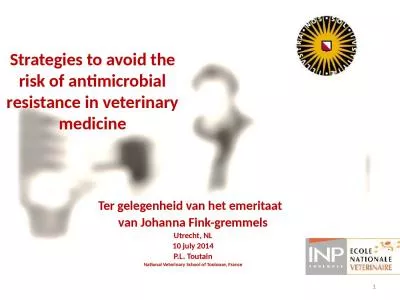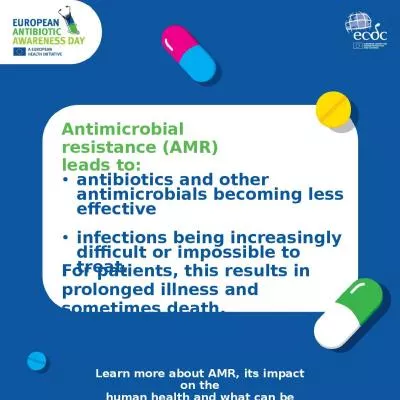PPT-Antimicrobial resistance in ophthalmology – an urgent global healthcare priority
Author : ida | Published Date : 2024-01-29
1 1 Antibacterial resistance in ophthalmic infections a multicentre analysis across UK care settingsBMC Infectious Diseases volume 19 Article number 768 2019
Presentation Embed Code
Download Presentation
Download Presentation The PPT/PDF document "Antimicrobial resistance in ophthalmolog..." is the property of its rightful owner. Permission is granted to download and print the materials on this website for personal, non-commercial use only, and to display it on your personal computer provided you do not modify the materials and that you retain all copyright notices contained in the materials. By downloading content from our website, you accept the terms of this agreement.
Antimicrobial resistance in ophthalmology – an urgent global healthcare priority: Transcript
Download Rules Of Document
"Antimicrobial resistance in ophthalmology – an urgent global healthcare priority"The content belongs to its owner. You may download and print it for personal use, without modification, and keep all copyright notices. By downloading, you agree to these terms.
Related Documents

